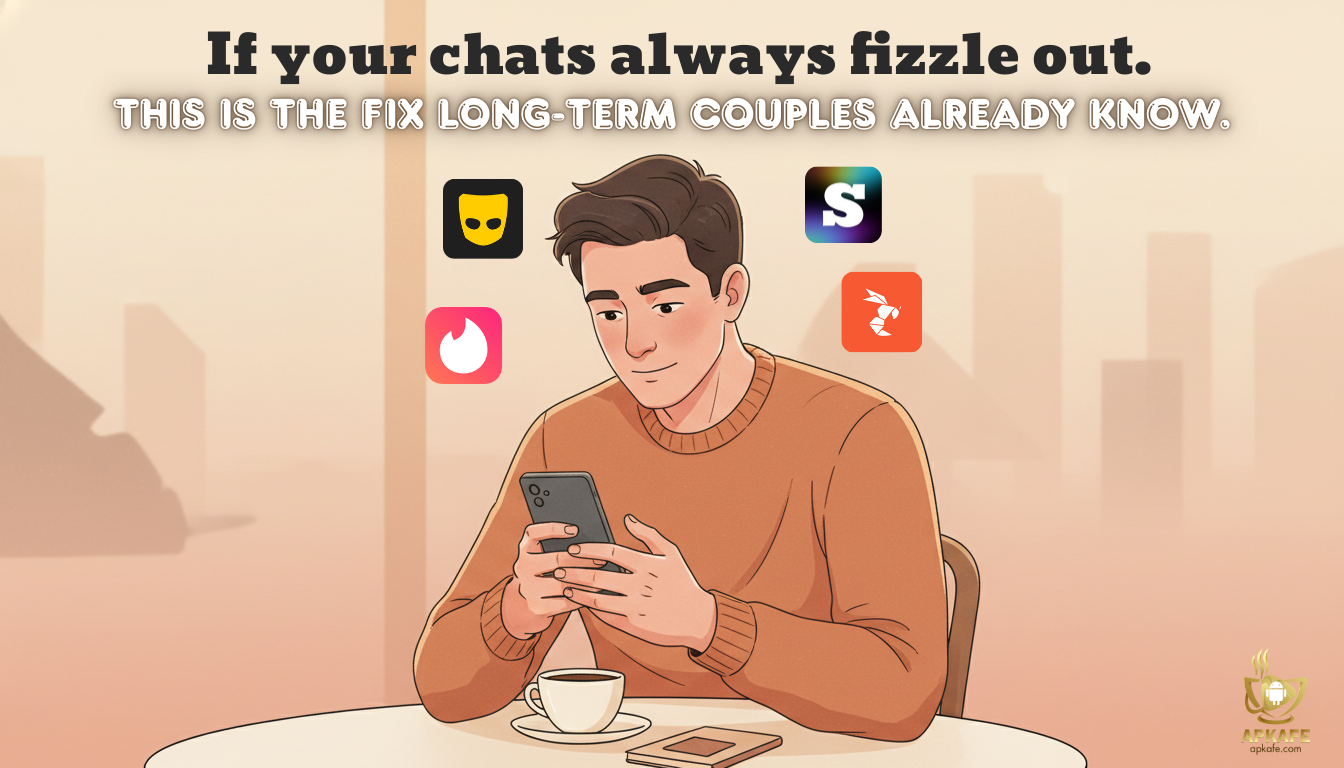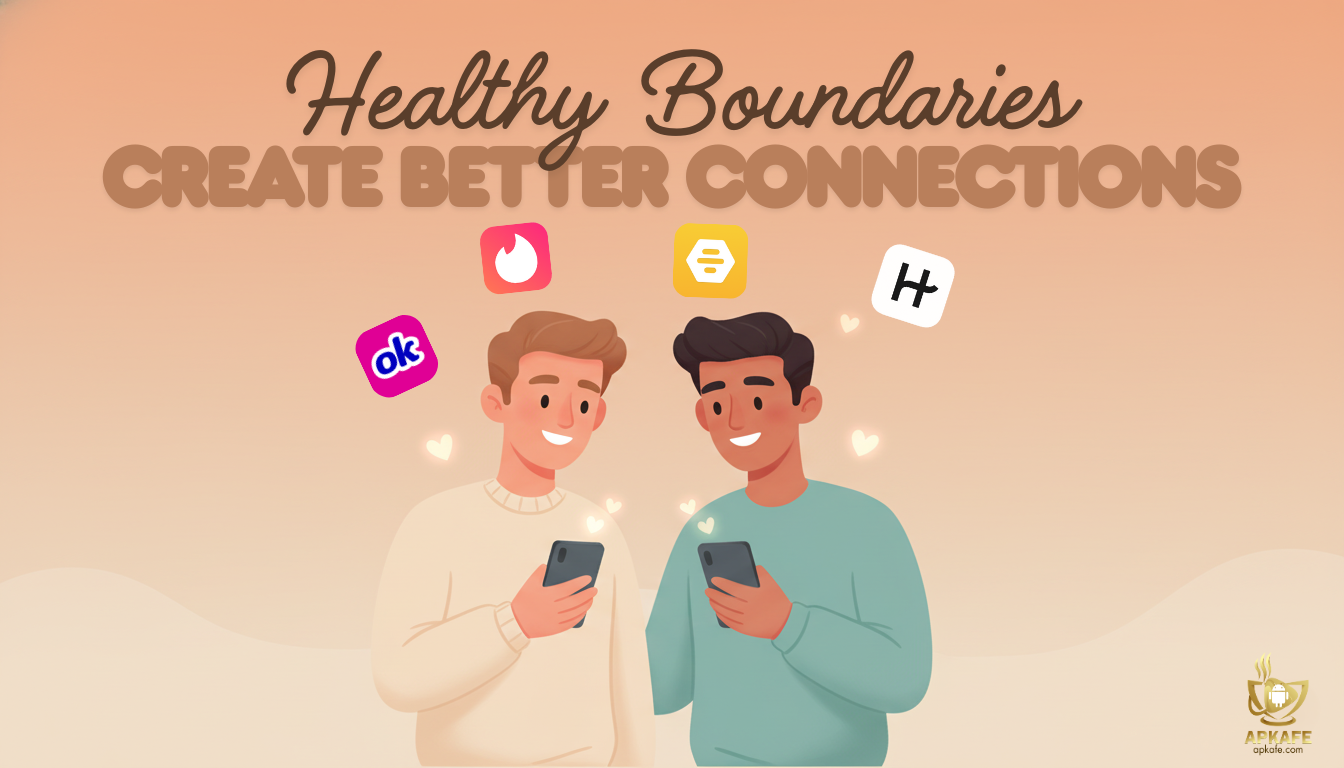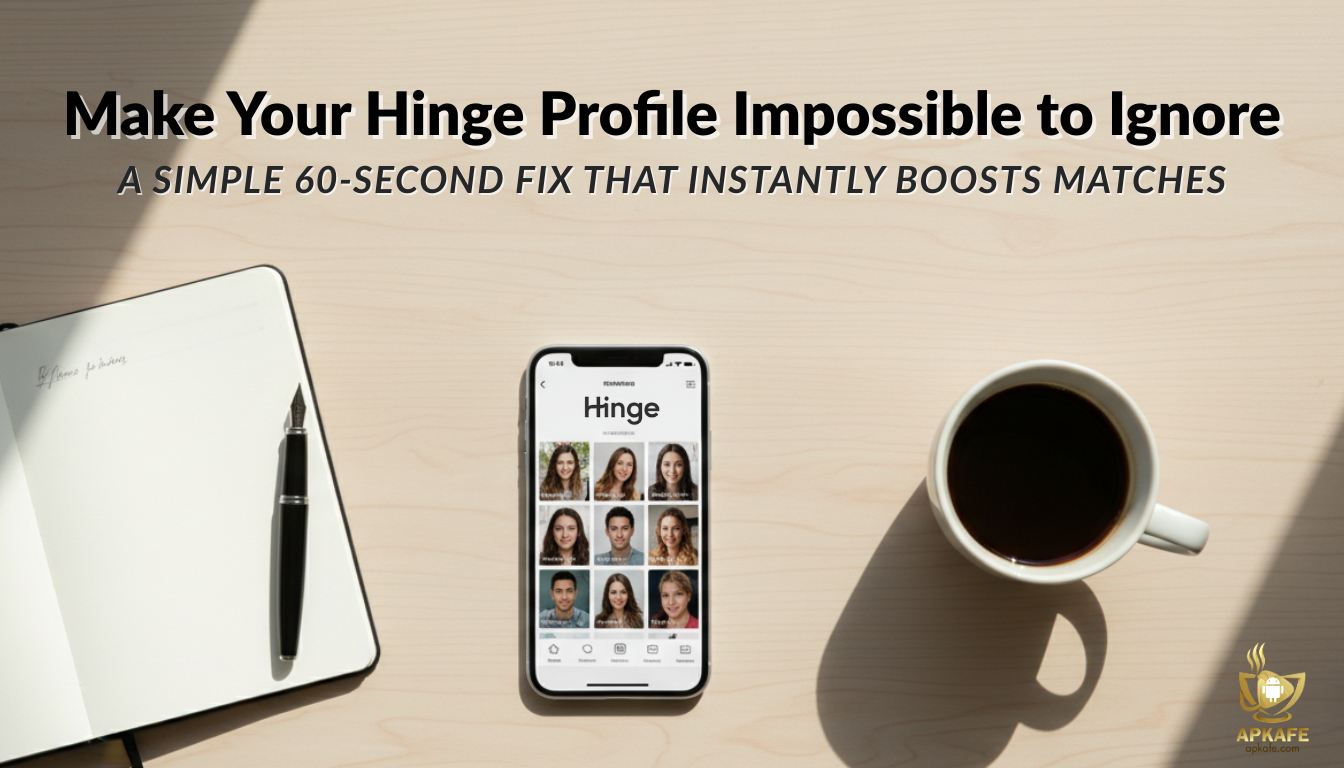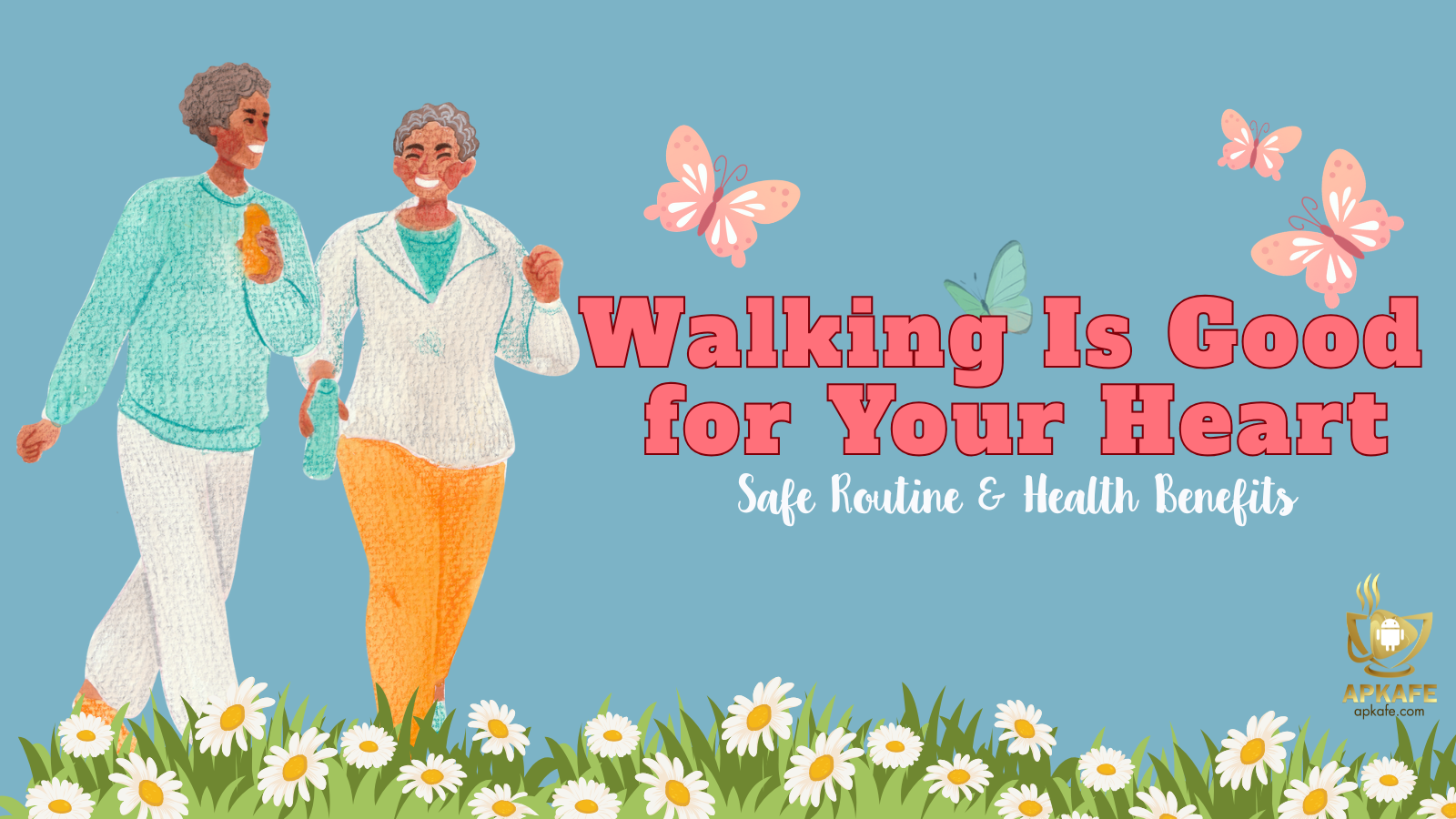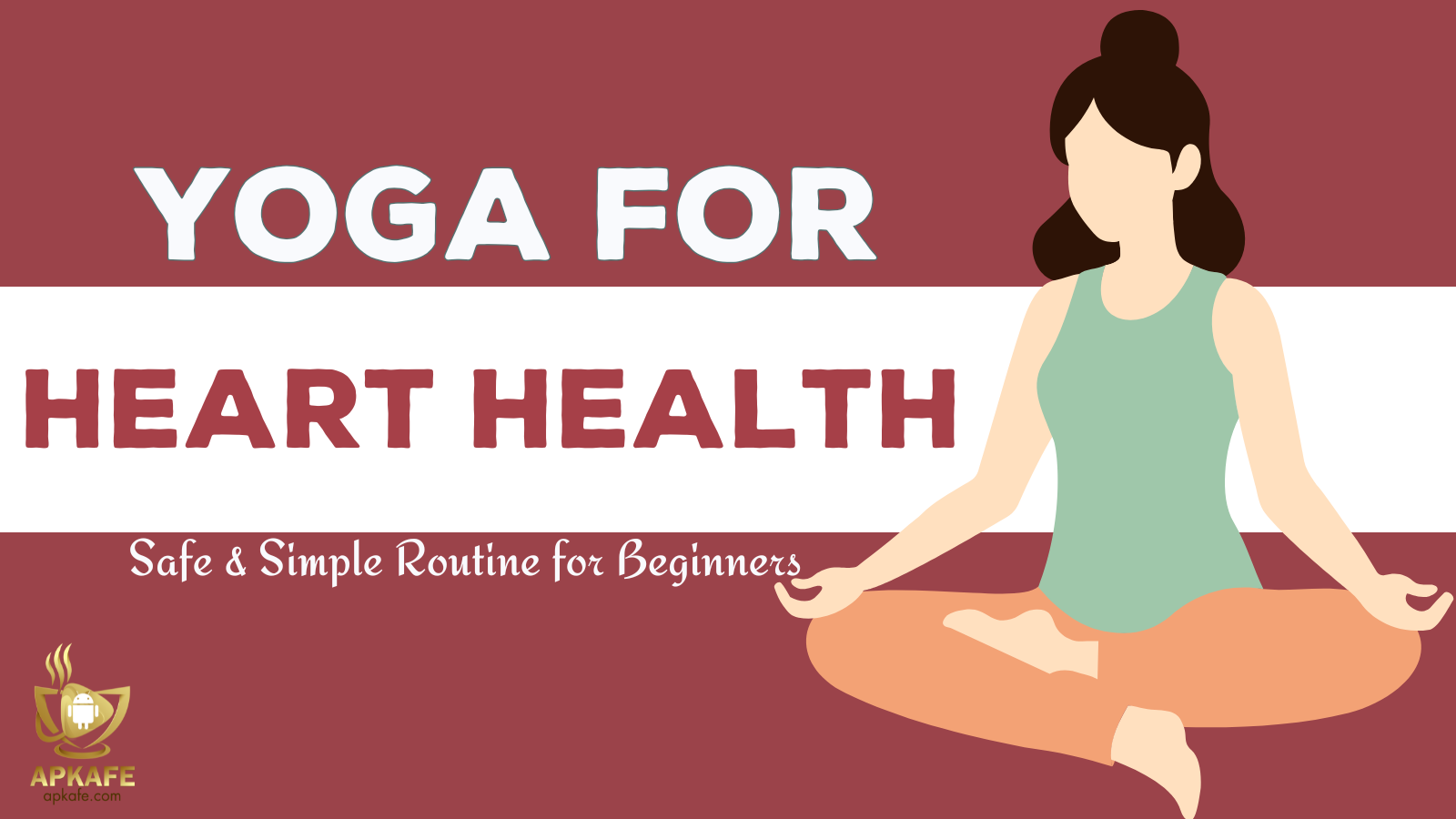5 Dating Traps You Must Avoid in the U.S. (Before They Cost You Time & Energy)
😣 If you feel like you keep repeating the same dating mistakes—falling for the wrong people, getting stuck in confusing conversations, or misreading intentions—you’re definitely not the only one. 🔍 Most of these frustrations come from just a handful of predictable dating traps—and once you know how to spot them early, dating becomes far clearer and far less draining.
✨ By the end of this guide, you’ll have a simple five-step system to help you date with more clarity, confidence, and emotional balance—especially on fast-paced apps like Tinder and Bumble.
Dating in the U.S. can feel like navigating a maze 🌀—fast-moving, unpredictable, and filled with mixed signals. One moment you’re excited about a great match 💬❤️, and the next you’re overthinking a message, questioning someone’s intentions, or wondering why something that felt promising suddenly went quiet.
These patterns aren’t random. They follow clear behavioral loops 🔄 that many people fall into without realizing it. The good news? Once you can recognize these traps, everything changes: your conversations become lighter, your choices more intentional, and your dating experience much less stressful 😌.
This guide breaks down the five most common dating traps, explains why they happen, and gives you practical steps to avoid them—whether you’re returning to dating after a break, navigating online apps 📱, or simply trying to date smarter in today’s fast-paced culture.
Step 1 — Stop Falling Into the “Instant Chemistry = Compatibility” Trap
Most daters don’t realize this until it’s too late.
Many U.S. daters equate butterflies with long-term potential. This is one of the biggest traps. Chemistry can spark quickly, but compatibility shows up over time through alignment in values, communication style, boundaries, and emotional maturity.
For example, a 2023 Pew Research study found that 49% of U.S. online daters said their strongest ‘initial spark’ faded within the first two weeks of meeting in person.
How this trap happens
Here’s the part almost everyone gets wrong in the early stages.
Dating apps amplify first-impression intensity. Attractive photos, witty answers, or fast texting can create a false sense of connection. But chemistry is often driven by novelty—not substance. People mistake excitement or flattery for something deeper.
Mini Story: “One reader shared that she felt instant chemistry with a match on Bumble, only to realize after two dates that they had completely opposite relationship goals.”
How to avoid this trap
Instead of evaluating compatibility based on early excitement, ask three grounding questions within the first few conversations:
- Does this person listen and respond consistently?
- Do their intentions match what they share publicly on their profile?
- Do they respect conversational boundaries and pacing?
Apps like Bumble and Tinder provide intention labels—relationship goals, dating intentions, lifestyle cues. These give early data points to check alignment. If someone claims to want something serious but avoids clarity, treats communication casually, or moves too fast emotionally, that’s a signal to slow down.
This leads directly into another pattern most U.S. daters don’t notice.
Pitfall to avoid
Confusing charisma or flirtiness with long-term emotional readiness.
Pro Tip
Use intention filters and prompt-based questions to discover compatibility early. Ask about routines, values, and lifestyle instead of focusing on witty banter.
And the next trap is even more common than this one.
This brings us to the next part, which builds directly on this behavior pattern.
❓ Have you ever mistaken strong early chemistry for long-term compatibility?
Step 2 — Break Out of the “Endless Messaging” Loop
If you only fix one messaging habit, make it this one.
One of the most common U.S. dating traps is building a “text relationship” with someone you haven’t met. The problem? Messaging can create illusions—idealized versions of each other that rarely match real-life compatibility.
For instance, many daters report texting someone for 10–14 days before realizing they have no real-life chemistry.
Why this trap happens
This small shift can prevent most early miscommunications.
American dating culture encourages busy schedules, remote work, and high app usage. Messaging becomes a comfort zone. But the longer you stay in chat, the more you risk disappointment or ghosting.
Mini Story: “A Tinder user recently shared that he spent three weeks messaging someone who canceled every attempt to meet—he later realized she was chatting with multiple matches only for entertainment.”
How to avoid this trap
Adopt a simple guideline:
If the conversation is going well, aim to meet (or video chat) within 48–72 hours.
This timeline:
- Prevents emotional projection
- Saves time
- Reduces ghosting
- Reveals real-life chemistry early
A short video call can replace days of messaging. It also builds safety by verifying identity.
Pitfall to avoid: Investing emotional energy into someone who might not match your intentions or real-life presence.
Pro Tip: If the conversation feels stagnant or overly text-based, suggest a quick virtual coffee chat. This filters serious versus casual intentions fast. You can also improve match quality by optimizing your dating profile: optimize your dating profile
But the next trap drains time even faster—and almost everyone has experienced it.
Once you understand this dynamic, the next trap becomes much easier to avoid.
❓Do you tend to extend messaging longer than necessary before meeting?
Step 3 — Don’t Overlook Early Boundary Red Flags
This is the trap even experienced daters still fall into.
Boundary issues usually show up early—often within the first few days of chatting. Ignoring them is a trap that leads to misaligned expectations, discomfort, and in some cases, unsafe situations.
A common example is someone asking for your Instagram or location within the first hour of chatting.
Common boundary tests on U.S. dating apps
- Pushing for personal details early (address, workplace, private social media)
- Insisting on last-minute meetups
- Pressuring for photos, location updates, or after-hours communication
- Disrespecting “no” or “not yet”
- Moving conversation off the app instantly
What comes next is subtle—but it sets the tone for every future interaction.
How to avoid this trap
Set simple, firm boundaries:
- Keep conversation on the app until mutual comfort is established.
- Offer only necessary personal details before meeting.
- Avoid last-minute plans if they feel rushed or unsafe.
- Pay attention to consistency: people who respect boundaries early tend to respect them later.
Apps have built-in tools for safety—block, unmatch, report—that protect your experience. Use them without hesitation.
Mini Story :“One man noted that his match repeatedly asked for late-night video calls despite his discomfort—a red flag he ignored until the behavior escalated.”
Pitfall to avoid
Assuming uncomfortable behavior is “just their sense of humor” or “just how dating works these days.”
Pro Tip
If someone reacts negatively to a boundary (e.g., “I prefer to stay on the app until after our first meetup”), treat that as important data. Respectful people appreciate boundaries; dismissive ones are showing you their pattern early.
And this builds up to the trap that creates the most emotional burnout.
With this foundation in place, you’re ready to handle one of the most subtle challenges.
❓Which boundary feels hardest for you to enforce early on?
Step 4 — Avoid the “Rush-to-Define” Relationship Trap
This is the moment when intensity starts to look like sincerity.
In fast-paced U.S. dating, some people push for labels or intense emotional closeness early. This can come from loneliness, excitement, or intentional manipulation (love-bombing). But clarity reached too fast often leads to disappointment once real compatibility shows up.
Mini Story: “A woman shared that a match told her they were ‘spiritually connected’ by the end of the first date—she later discovered he used similar lines with multiple people.”
One typical scenario is when someone mentions exclusivity by the second date, even before foundational trust is established.
Signs this trap is happening
These patterns show up faster than people expect.
- Talking about exclusivity before meeting or after only one date
- Love-bombing: heavy compliments, fast emotional declarations
- Pressure to meet frequently despite scheduling limits
- Planning future scenarios before building foundational trust
How to avoid this trap
Slowing the pace protects clarity more than any single strategy.
Slow down emotional pacing. A relationship needs time to breathe. Keep early conversations focused on values, routines, shared interests, and realistic expectations—not fantasy scenarios.
Ask grounding questions:
- “What does a healthy pace look like for you?”
- “How do you prefer to get to know someone?”
Time reveals patterns. Real compatibility develops through consistency, not intensity.
Pitfall to avoid:
Mistaking strong early emotions for long-term relationship potential.
Intensity often feels like depth—but it usually isn’t.
Pro Tip:
When someone tries to accelerate emotional intimacy, redirect gently:
“I’d love to take things at a comfortable pace and learn about each other naturally.”
This creates healthy expectations and filters out people who only chase intensity.
A calm pace filters out people who only chase emotional highs.
And the final trap completes the system—ignoring it puts everything else at risk.
All of this leads naturally into the next theme: pacing and emotional clarity.
❓When was the last time you slowed down to assess emotional pacing clearly?
Step 5 — Don’t Ignore Safety & Privacy Gaps
Most risks on dating apps come from skipping tiny habits—here’s how to avoid them.
Safety is not a trap—it’s a foundational part of dating, especially in a large, diverse, fast-paced environment like the United States. Many dating mishaps stem not from emotional dynamics but from skipping basic safety steps.
Mini Story: “Another user said a match insisted on picking her up at home for a first date—she declined, and he immediately unmatched, revealing her instinct was correct.”
A recent online safety survey reported that nearly 30% of U.S. users had been asked for sensitive personal information too early.
Key U.S. online dating safety realities
These factors shape the real dating environment in the U.S.
- Different states have different norms, expectations, and public meeting spots.
- App permissions (location, camera, contacts) affect your privacy.
- Scammers increasingly target U.S. dating app users with emotional manipulation or money requests.
Pitfall to avoid:
Over-sharing out of excitement or pressure to “seem open.”
Pro Tip:
Review and reset app permission settings regularly. Turn off “Always On” location. Enable verification features when available.
And now all five traps connect—forming a complete system for safer, smarter dating.
❓What safety habit do you tend to skip when excited about a new match?
Safety & Privacy Checklist (7 Essentials)
- Meet in public, high-traffic places for the first few dates.
- Share your meetup plan with a friend or family member.
- Never reveal sensitive information (address, workplace details, financial data).
- Use in-app verification, block, and report features immediately if something feels off.
- Keep conversations on the app until trust is established.
- Manage permissions: set location to “While Using the App,” restrict photo or contact access.
- Trust your intuition—if something feels wrong, leave the situation calmly.
How These 5 Steps Work Together
Each trap is avoidable when you have a clear structure:
- Step 1 filters out short-term chemistry from real compatibility.
- Step 2 helps you move from chatting to real-life connection.
- Step 3 protects boundaries and emotional safety.
- Step 4 slows the pace so real connections can form.
- Step 5 ensures your physical and digital safety throughout.
Combine them and dating becomes far clearer, safer, and more confidence-driven.
The biggest advantage in modern dating doesn’t come from being more charming—it comes from recognizing patterns early and acting with clarity.
FAQs
1. What are the most common dating traps in the U.S.?
Instant chemistry confusion, endless messaging, boundary red flags, rushing to define things, and skipping safety steps.
2. How can I avoid getting stuck in texting loops?
Suggest a short video chat within 48–72 hours. It filters intentions and prevents over-investment.
3. How do I spot early red flags on dating apps?
Watch for boundary-pushing, fast emotional escalation, inconsistent behavior, or avoiding clarity about intentions.
4. Should I verify my identity before meeting someone?
Yes. A brief video call or app verification greatly increases safety and reduces catfishing risks.
5. How do I stay safe when meeting someone from Tinder or Bumble?
Meet in public, share your plan with a friend, and keep communication on the app until you feel comfortable.
6. How fast should a new relationship progress?
Healthy pacing feels steady, mutual, and respectful. If someone pushes for intensity early, slow the pacing intentionally.
✅ CONCLUSION
When you step back and look at all five traps, a clear pattern appears: the challenges of modern dating aren’t about finding more matches—they’re about recognizing behaviors early and responding with clarity. Each trap becomes easier to avoid once you understand how chemistry, pacing, boundaries, and safety interact in real-life dating situations.
If you apply even one of these steps consistently, you’ll immediately reduce emotional burnout and increase the quality of your matches. Apply all five, and dating becomes far more predictable, calmer, and genuinely enjoyable.
In the end, the strongest dating advantage comes from emotional awareness—not luck, not perfect texting, and not algorithms.
🎁 Final Reward: Your Dating Clarity Mini-Guide (FREE)
“Before you leave, here’s a little gift: a 30-second clarity checklist you can save and use before every new match. It helps you avoid 80% of common dating traps—quickly, calmly, and without overthinking.”
Clarity Checklist (Save This)
- Does this person communicate consistently?
- Do their intentions match their behavior?
- Are your boundaries respected early?
- Is the pace healthy—not rushed or emotionally intense?
- Do you feel safe, comfortable, and in control of your decisions?
“Use this before you invest time, emotions, or energy—your future self will thank you.”
🔥 “Dating gets easier the moment you choose clarity over chemistry.”
🧭 If you want to go deeper:
Check out our guide on improving your dating profile for higher-quality matches—it’s one of the easiest ways to transform your experience.”
💬 Your turn:
“Which of the five traps do you fall into the most? Drop a comment—your experience may help someone else avoid the same mistake.”
Before You Go: Don’t Miss These Guides That Boost Your Results
User Reviews





